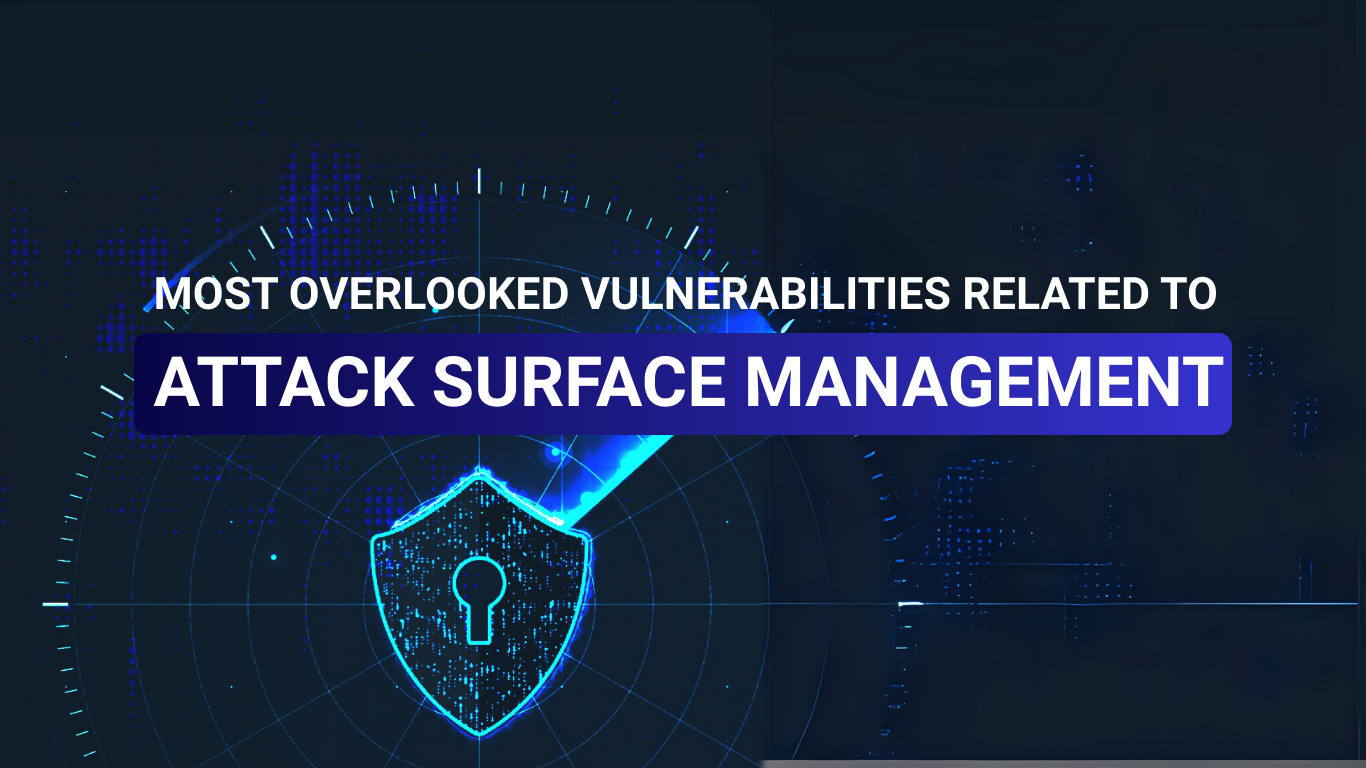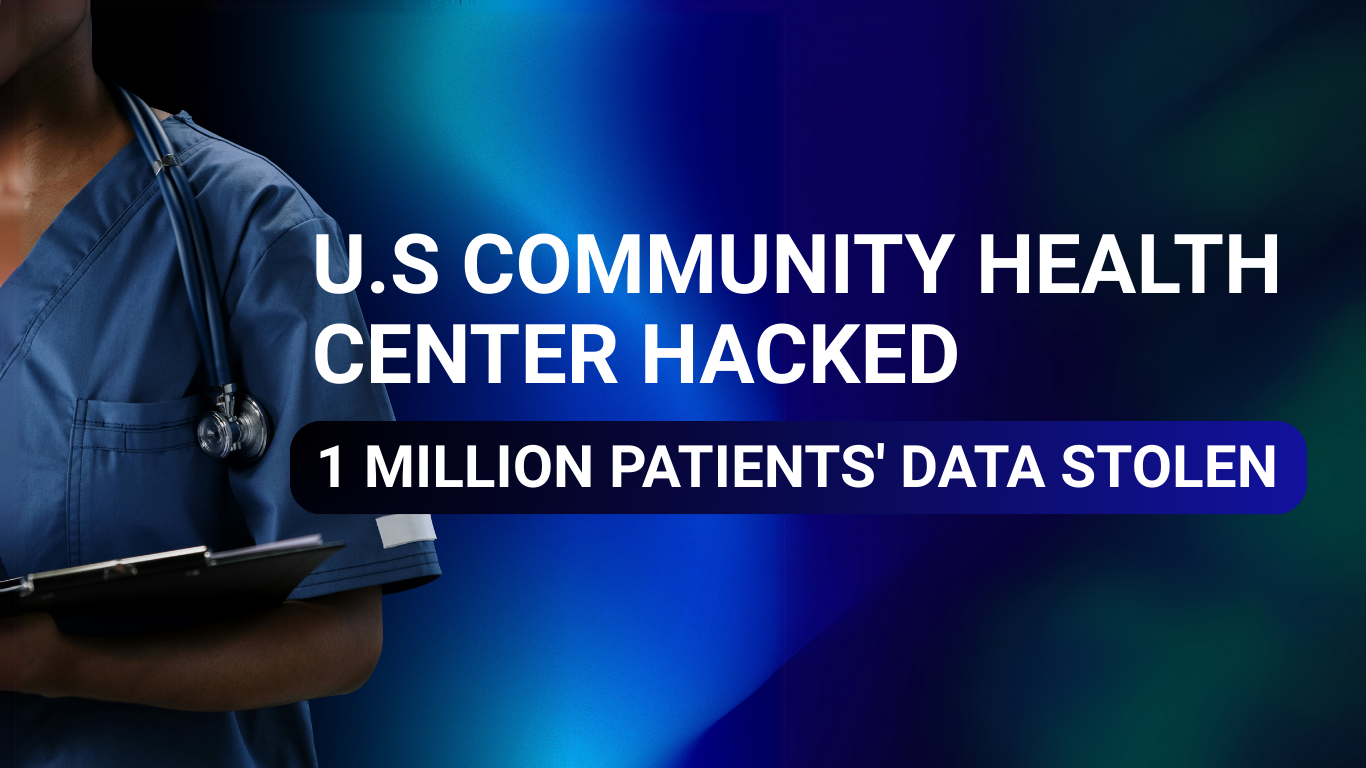Digital transformations, acquisitions, and downsizing impact the organization’s attack surface.

Hackers using adversarial artificial intelligence (AI) and machine learning (ML) tools scan their targets’ attack surface for known vulnerabilities and security gaps within the organization’s digital footprint.
Organizations that invest in frequent vulnerability assessments against their internal and external attack surface experience a much lower risk of a successful cyberattack.
The Importance of Attack Surface Management
Any device, application, cloud instance, or network device becomes part of the attack surface. Organizations continue to expand their attack surface with new employees, new application portals, and cloud-based instances. Adding new devices, including phones, tablets, and PCs, extends the attack surface further. This ever-increasing dynamic became the purpose of internal and external attack surface management (attack surfaceM).

Organizations making strategic investments use asset management tools to help track network devices, servers, workstations, mobile devices, and cloud instances. Asset management also helps track new devices and retired items across the attack surface.
Blocking unapproved devices and unauthorized access to applications and cloud instances is key to reducing the attack surface’s vulnerabilities while improving the organization’s security posture.
What are the various attack surface categories?
Attack surfaces expand as organizations adjust their business objectives. C-level decisions, including improving customer service capabilities, can put the organization at significant risk. Incorporating more third-party cloud-based applications, leveraging outsourced remote call centers, and using employee-owned devices increases organizations’ risk, and attack surface remains the primary goal of attack surface management.
An attack surface risk is broken into subareas within the enterprise, including:
Network
Network devices, including switches, routers, firewalls, zero-trust architectures, and intrusion prevention solutions, all represent a portion of the enterprise attack surface. Like applications, these devices have vulnerabilities. Many device vulnerabilities impact the organization because most IT departments hesitate to remove them from the production network to apply a patch. This decision also increases the risk of exploitation.
Applications
Internally developed and externally hosted applications also extend the organization’s attack surface. Like network devices, critical applications also have several vulnerabilities that can be exploited across the entire attack surface. Organizations also face considerable risk of cyberattack and data theft by leveraging Software-as-a-Service (SaaS) applications. Organizations expand their attack surface by consuming these solutions, even if a third-party provider owns and manages the platform. Once their data resides within the SaaS-based application, this becomes part of their attack surface.
Cloud Instances
Thanks partly to VMware, Microsoft, and open source, cloud instances are relatively easy to spin up. Cloud instances become deployed and ready for usage with a few clicks or by leveraging a robotic process automation (RPA) script. Each additional cloud instance also extends the organization’s attack surface.
Virtual hosts supporting various digital attack surfaces, including data storage, applications, and cybersecurity tools, all have vulnerabilities. Organizations growing their cloud presence need to ensure the proper governance and cybersecurity protection controls become enabled on all cloud instances to help protect this attack surface.
Devices
Tracking mobile devices, tablets, Apple and Android watches, phones, and PCs fall under the Attack Surface Management program. These devices are susceptible to cyberattacks because they often lack frequent software updates, even when users set their devices to automatic update. Once employees, contractors, and partners access organization data and applications from their devices, increasing the attack surface creates a more excellent one.
Handing Dynamic Attack Surfaces
Dynamic attack surfaces continue to become a byproduct of successfully deployed automation. Organizations using automation to spin up virtual machines to increase website capacity create an additional attack surface. Automation also provides new applications to user devices or executes an uninstall. This automation process creates additional attack surfaces, especially if the application is new to the environment.
Effective attack surface management strategies must account for the dynamic nature of system-wide automation tools. Poorly designed automation tools cause security vulnerabilities in cloud environments and the latest risk levels.
Leveraging critical vulnerability assessments and continuous scanning helps organizations quickly identify the expansion of dynamic attack surfaces caused by automation.
Common Challenges Regarding Attack Surface Management
Rogue actions by corporate employees, contractors, and vendors include plugging in Wi-Fi routers, loading unapproved applications on an endpoint, or adding their Active Directory credentials to the administration group. These actions define shadow IT.
Shadow IT continues to drive up organizations’ risks. Without asset management tools or frequent vulnerability scanning to detect rogue devices and applications, organizations will continue to be exposed to cyberattacks.
Return-to-Office
Another dynamic facing IT executives is the confusion and mixed messaging surrounding return-to-office. Organizations requiring their employees to return to work continue to be a work in progress. Some employers have held the line and required everyone to return. Others have taken a wait-and-see approach and decided only to require employees to report to the office twice a week.
Either decision continues to place significant risk on the organization. Supporting people working from home, inside the physical office space, or between creates IT management and cybersecurity protection challenges.
Employees still access corporate systems and data from their homes, even with zero-trust architectures deployed, and they present substantial security risks. They also reluctantly return to the office and quietly plug unapproved devices into the corporate network, another shadow IT behavior.
Organizations coping with the compressing and expanding attack surfaces pressed IT leaders to make more capital and operational expense decisions, including deploying asset tracking solutions and executing more frequent risk assessments.
Practical Guidance for Implementing Attack Surface Reduction Strategies
Reducing attack surfaces requires a commitment from the C-level, board of directors, and all departments to work together. Leadership teams decide to acquire companies and approve the hiring of more employees. Departments have decided to sign with a SaaS-based application provider to help them deliver internal and external services from the cloud. The board of directors makes critical economic decisions for the firm, including purchasing buildings, agreeing with partners with a third-party firm, and ensuring the company stays in full compliance and meets all regulatory mandates. While these decisions help organizations grow their revenue. Revenue growth is essential to any organization. However, the growth of the attack surface may become more costly compared to the increase in revenues.
Here are examples to help organizations reduce their attack surfaces and risk:
Reduce Technology Complexity
Organizations still wanting to use outdated devices for accounting reasons create a significant problem. Keeping outdated and unperforming devices, applications, and networks operational creates unnecessary attack surfaces prone to cyberattacks. Organizations often purchase upgrade solutions to phase out legacy technology. While running dual solutions is not uncommon, this creates a larger attack surface as the legacy devices become taken out of service.
Adopt Zero Trust for Access Control Consolidation
Consolidation of access control, cloud-based access, and legacy VPN solutions need a transformation. Most of these outdated solutions grew partially because of the COVID-19 outbreak. Now that this life-changing event has subsided, organizations can make a positive difference in reducing their attack surfaces by standardizing on zero-trust strategy for all remote access, cloud-based access, and contractor access to sensitive corporate devices, applications, and systems.
Zero-trust network access (ZTNA), cloud access security broker (Cattack surfaceB), and software-defined vast area network (SD-WAN) all transform remote access into a single point of entry, secured and easy-to-manage strategy while reducing the organization’s attack surface.
Moving Ahead with Risk-based Vulnerability Scoring
Every element within the attack surface has vulnerabilities. Some have little consequence, and others could cause a complete zero-day attack. How these vulnerabilities obtain their risk scoring is dynamically changing.
Legacy risk scoring, which leverages the Common Vulnerability Scoring System (CVSS), struggles to assign the correct risk level even with exploited vulnerabilities.
Risk-based vulnerability management (RBVM) focuses on assigning a risk based on the impact on the organization. This process is critical because most organizations’ attack surfaces continue to become very dynamic, and the level of threat risk changes.
As organizations remediate their vulnerable systems, RBVM then applies a lower risk score for that section of the attack surface. CVSS didn’t have this ability because their scores were static.
Prioritizing Risks Based on Impact and Exploitability
Organizations do not have the luxury of upgrading every system to rid themselves of every vulnerability. Prioritizing the risk of exploitation, the ability to shrink the attack surface, and maintaining the highest state of readiness for all critical production systems is essential.
Enabling RBVM systems helps establish a fluid strategy for reporting which elements of the attack surface need the most attention regarding lowering the risk through remediation, enabling additional security tools, or complete upgrade and displacement to next-generation solutions and architecture.
The ultimate decision is whether the effort to remediate, enable, or replace an existing part of the attack surface is worth the risk in possible downtime and cost. The RBVM, along with executing vulnerability assessments, becomes the determining factor.
Getting rid of vulnerabilities with no positive reduction in risk or shrinkage in the attack surfaces isn’t the best use of funds or resources. The ideal decision is to focus on the highest priority risk areas to help shrink the attack surface.
Enforcing Endpoint Security and Compliance
Endpoint devices make up much of the attack surface.
“Investing in unified endpoint management (UEM) helps organizations enforce governance and compliance policies.”
UEM platforms play an essential role in helping organizations manage their endpoint assets. Identifying and managing the complete endpoint lifecycle helps reduce the attack surface while reducing the risk. A deployment of UEM also helps reduce the risk of shadow IT behavior.
Employee Cybersecurity and Attack Surface Training a Must
One of the core elements in reducing attack surface and shadow IT risk is employee training. Before organizations invested in employee training, most security operations teams rarely interacted with the rest of the company’s employees. Many of their activities were shrouded and seldom shared with the rest of the company.
Yet, by educating the users to become more aware of cyberattack risks when the organization’s attack surfaces, they will become more aware of their actions. For most, adding new software or plugging in a device may seem harmless to users; however, these actions increase the attack surface. Once the employees see insightful information from the security operations teams about the effects of expanding the organization’s attack surface, they will think twice about loading unapproved software on the devices.
The Importance of Vulnerability Assessments Against Attack Surfaces
CEOs and the board of directors want to know where within the organization the organization’s weaknesses and strengths are. The outcome of these surveys helps leaders make intelligence- and risk-based decisions.
People become an organization’s most significant vulnerability. Human error when configuring networks or applications, insider data thefts, or financial embezzlement could damage the organization’s reputation for several years.
Cyberattacks also weaken an organization even if it has next-generation defense tools.
Vulnerability assessments help C-levels and boards of directors better understand where cyberattacks or other business disruptions are most likely to occur within their attack surface. By knowing the high-risk areas, leaders can execute a plan to remediate and lower organizations’ risk.
Blind spots within the enterprise network, unused cloud instances, and poorly trained security operations personnel contribute to the organization’s risk. Vulnerability helps give much-needed insight into these and other risk factors. Continuous vulnerability strategies have become critical, especially if the organization is concerned about dynamic surface attacks.
Conclusion with Forward-Looking Recommendations
Vulnerability scanning needs to be part of everyday cybersecurity and attack surface management. Scanning only quarterly to meet a compliance mandate doesn’t reduce risk or shrink the attack surface.
Organizations leveraging vulnerabilities from cybersecurity firms like ForeNova benefit tremendously from the assessment engagements.
ForeNova delivers the most essential pillars from every assessment:
- Identification of weakness within the organization’s cybersecurity protection capabilities benefit tremendously
- Classify each risk with a risk-based scoring method
- Prior analysis on which part of the attack surface is a higher risk
- Offer remediation recommendations
Completing a vulnerability assessment helps organizations reduce risk, shrink their attack surface, and determine where to invest human resources and financial capital.








